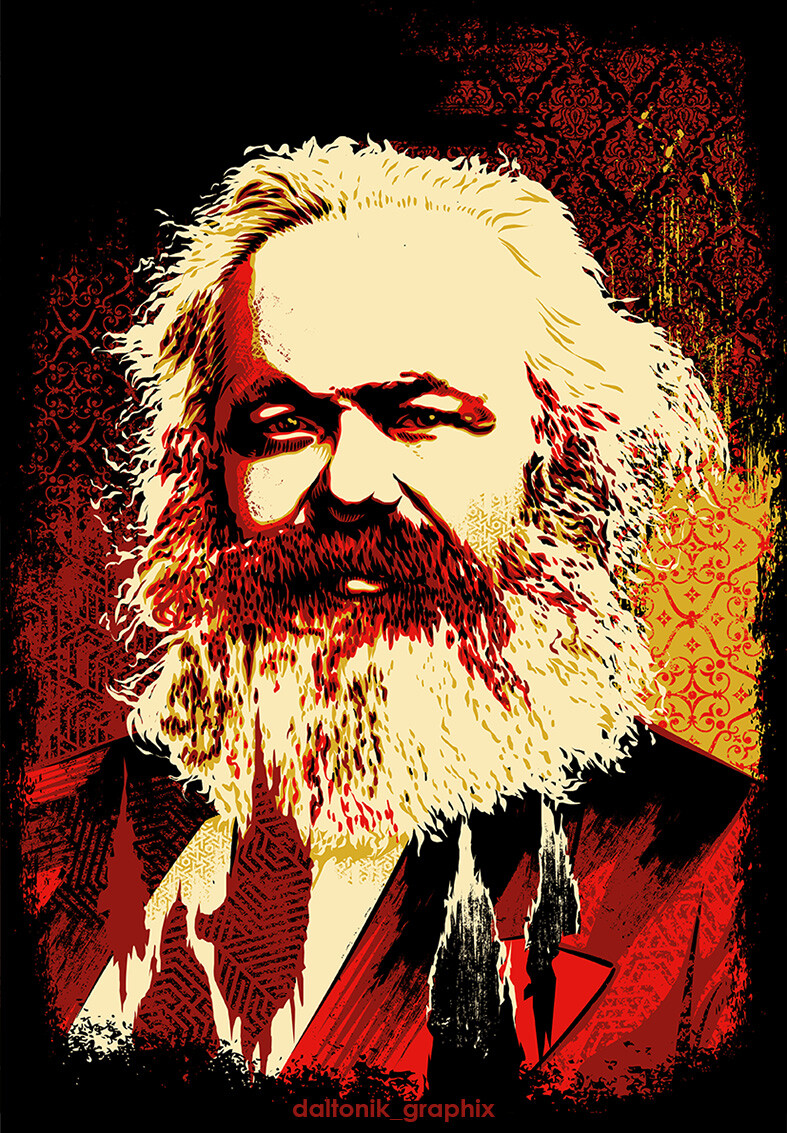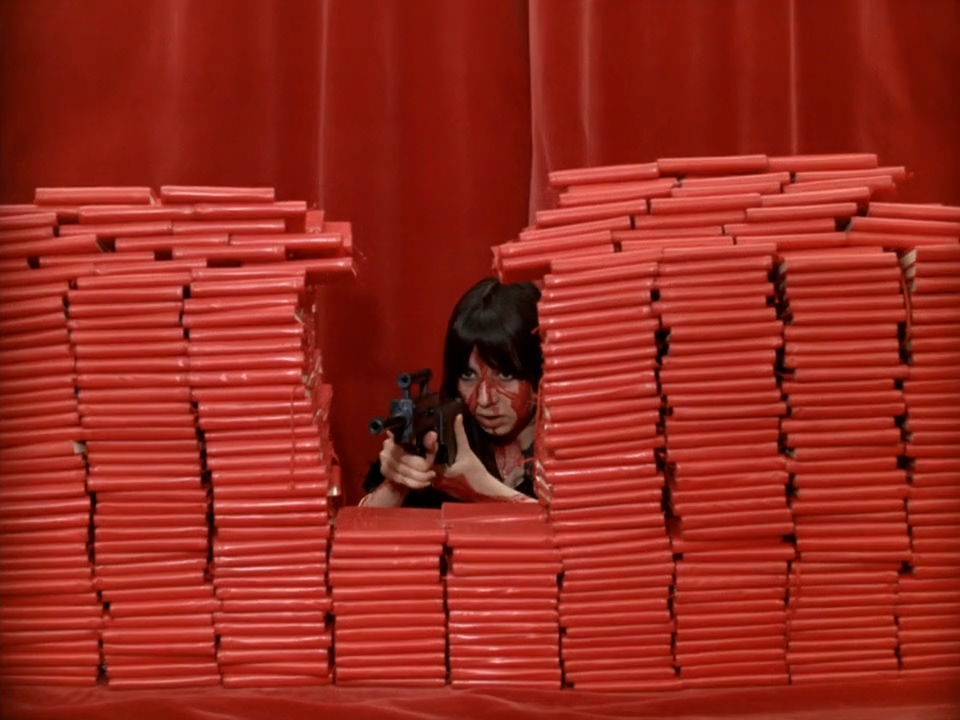I had this in a comment on another post but I just started finding so many great quotes. I've never seen someone undertake to explain Sendero Luminoso before and I'm glad I found kites.
To call this a debate would be to overstate the claims of the PPW universalists. Debates require that both sides develop their positions and justify them with evidence, and one of the consequences of the internet is that any asshole with a keyboard and a connection can pretend to have great knowledge of revolutionary theory. But given that many millenials newly awakened to the horrors of capitalism-imperialism and looking into revolution, communism, and Maoism have encountered this “debate” online, it is worth taking this opportunity to address some real questions of revolutionary strategy that have come up along the way. These questions include:
- What can we learn from the experience of the people’s war in Peru?
- What demographic shifts have taken place since the Chinese revolution and what are their implications for revolutionary strategy?
- What is Maosim? Why are most self-proclaimed Maoists so dogmatic?
- Why has there been so much disarray in the international communist movement since the 1976 counterrevolutionary coup in China?
- What is a correct military strategy for revolution in imperialist countries?
- What is the relationship between the subjective factor and objective conditions in the revolutionary process?
- What is the nature of bourgeois state power, and how can communists in imperialist countries build up a force that can overthrow it?
The greatest weakness of Sendero Luminoso and Chairman Gonzalo is that many of its/his written statements are dogmatic as fuck. There, I said it. There is a strong religiosity emanating from many of these statements that projects a grand and godly faith in the impending victory of the revolution, even suggesting the strategic offensive of the world revolution (in the 1980s?!?), rather than a compelling, nuanced analysis of the state of the world and the prospects for and difficulties of revolution. We can understand why in the 1980s, with the revolutionary upsurge of the 1960s over and following the tremendous loss of proletarian state power in China in 1976, with a religious and spiritual population as their mass base, and with the real need for revolutionary sacrifice, Sendero may have felt this approach was necessary. Maybe we can even accept it in the Buddhist sense of the term, learning to embrace and move through the negatives that are part of our historical and present-day experiences as communists, rather than ignoring or fearing them. But we don’t need to repeat it; we can take the good and leave out the bad. The PPW universalists have instead decided to take the worst attribute of Sendero Luminoso, magnify it, and shout it from the rooftops (or more accurately, click it from their keyboards).
In 1962, a young Abimael Guzmán (AKA Chairman Gonzalo) was appointed professor of philosophy at the National University of San Cristóbal de Huamanga in the capital of the Ayacucho region. There, in rousing lectures that earned him the nickname “Champú,” Professor Guzmán and his comrades used their faculty positions to present students with a historical materialist understanding of society and the need for revolution. By the late 1960s, Sendero Luminoso had virtual control over the university, including administrative functions, and had a particularly strong position within the teacher’s college. They used these positions to recruit the cadre who would go on to form the backbone of the people’s war. Moreover, from the teacher’s college, they dispatched newly-minted university graduates to the surrounding peasant communities in the Ayacucho region as school teachers, where they in turn conducted social investigation and organized those peasant communities in preparation for launching the people’s war.
Gonzalo’s strategic genius was in taking advantage of the bourgeoisie’s rapid expansion of education to gain temporary footholds within the bourgeois ideological state apparatuses and use these positions to accumulate forces for revolution—in other words, in his correct reading of the conjuncture, not prophetic divination. These positions were always temporary, and Sendero lost its control over the University of Huamanga by the mid 1970s. But the damage was done, and Sendero cadre trained at the university were already organizing peasants all over Ayacucho—the region that would become the first stronghold of the people’s war in the early 1980s. Professor Guzmán took a position at La Cantuta teacher’s college on the outskirts of Lima in the mid-to-late 1970s, recruiting more teachers into Sendero’s ranks. Sendero would continue to employ this strategy in other places throughout the people’s war. For example, it deployed 100 teachers in schools in the slums of the Central Highway region east of Lima, helping the people’s war to advance towards the center of bourgeois power. Here there is a broader lesson: the bourgeoisie’s ideological hegemony over the masses is something that has to be forged and continually reforged, and at moments when the nature of this hegemony is in transition, as it was when the Peruvian bourgeoisie massively expanded education in part to bring more peripheral populations under its ideological hegemony, communists can seize opportunities.
- a_fanonist_hexagon [he/him]·2 年前

